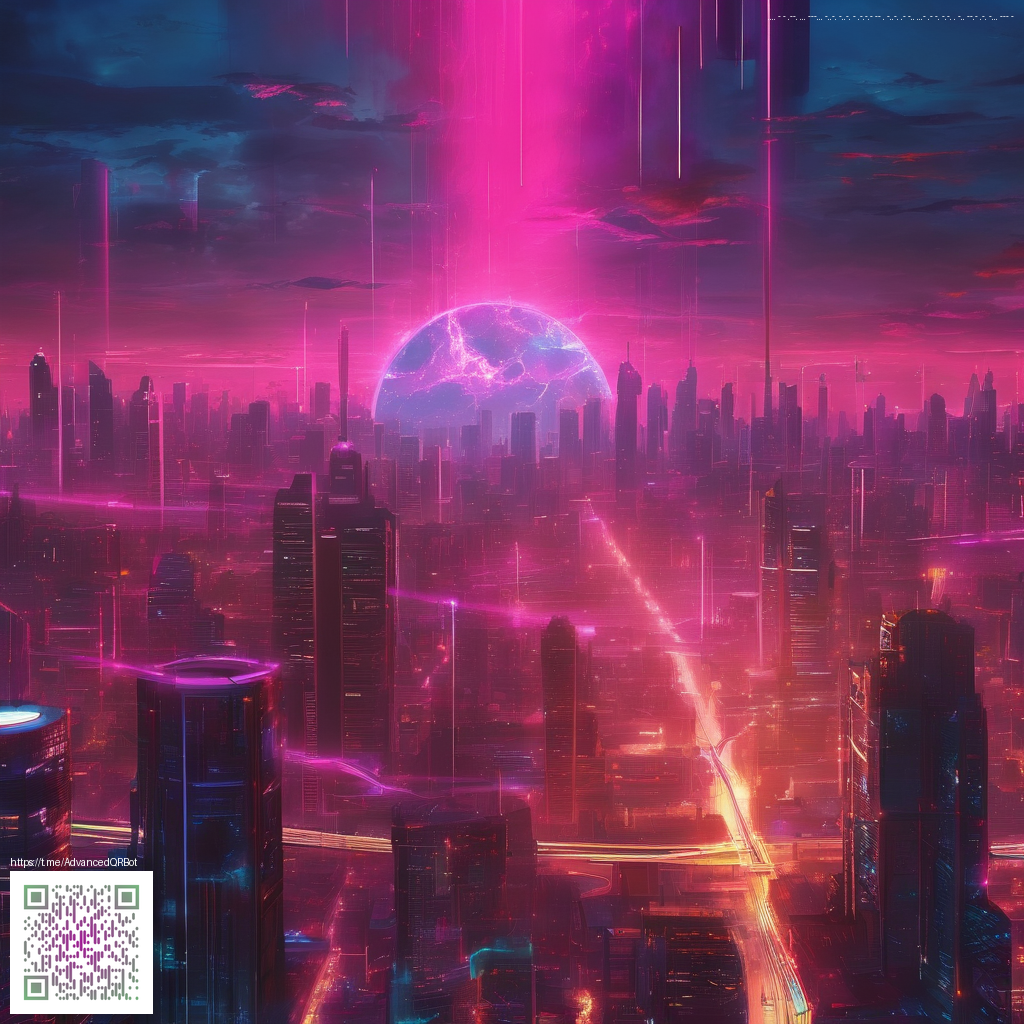
Rethinking Covers and Stationery with Digital Paper
In publishing and personal stationery, digital paper is more than a trend—it’s a practical approach that blends digital design with tactile, print-ready results. By simulating textures such as linen, laid paper, or subtle embossing through digital workflows, designers can ideate, test, and refine surface treatments without committing to every physical sample. The result is a faster path from concept to product, with the freedom to experiment across editions, colorways, and branding accents.
What makes digital paper compelling goes beyond aesthetics. It enables rapid iteration, brand-consistent customization, and smarter resource use. You can tailor textures to individual book series or stationery lines while keeping production costs predictable. For teams that navigate tight deadlines, this approach reduces the guesswork between design intent and the finished look. If you’re exploring visual references or texture ideas, a quick visit to visual inspiration resources such as the inspiration gallery can spark ideas for textures, tones, and surface narratives that align with your brand story.
Texture is the voice of a cover before a reader even turns the page. Digital paper lets that voice be tuned with precision and consistency.
Practical applications for covers and stationery
- Book jackets and dust covers with simulated fabric textures to evoke premium tactile experiences
- Endpapers and interior pages that subtly hint at texture through print effects
- Retail-ready packaging and gift wraps that can be customized by edition or region
- Business cards, letterheads, and notecards with layered textures for depth
- Limited-run editions where texture variety adds collectible value
To integrate digital paper into your workflow, start by defining three texture families that align with your brand voice. Then, map those textures to key products—cover surfaces for one family, packaging for another, and stationery for a third. The goal is consistency with a clear path for variation when needed. A well-planned texture map also helps you communicate with printers or manufacturing partners, ensuring the digital concepts translate accurately to physical ripples, grains, or foils.
Design tips to get the most from digital textures
- Calibrate your workflow: use high-resolution textures and verify color accuracy early with soft proofs.
- Test prints matter: textures read differently on paper than on screen; run small batches to optimize contrast and legibility.
- Texture and type balance: ensure typography remains legible against textured backgrounds; reserve high-contrast text for readability.
- Finish options: matte, soft-touch lamination, or spot UV can dramatically alter perceived texture and depth.
- Accessibility: avoid textures that hinder readability; keep body text clean and destinations clear.
For desk-centric designers, a well-structured workspace makes a surprising difference in how you prototype and finalize digital-paper concepts. Practical desk gear can streamline your process without distracting from the creative flow. If you’re shopping for add-ons that support long design sessions, you might consider ergonomic accessories such as a memory foam mouse pad with a wrist rest—an example of how comfort and productivity intersect in a design studio. You can explore this option here: https://shopify.digital-vault.xyz/products/ergonomic-memory-foam-mouse-pad-with-wrist-rest-foot-shaped.
Another powerful source of inspiration is the broader ecosystem of product textures and finishes. When you pair digital textures with real-world finishes, such as a soft-touch laminate or a subtle foil stamp, the result can feel both contemporary and tactile. This synthesis often resonates with readers and customers who value tangible, experiential details in a digital age.
As you experiment, keep a running catalog of texture directions and print outcomes, so your team can reference proven combinations rather than starting from scratch each time. The goal is to develop a reliable set of texture archetypes that can be applied across titles, notebooks, and branding collateral, ensuring a cohesive, collectible feel across your line.